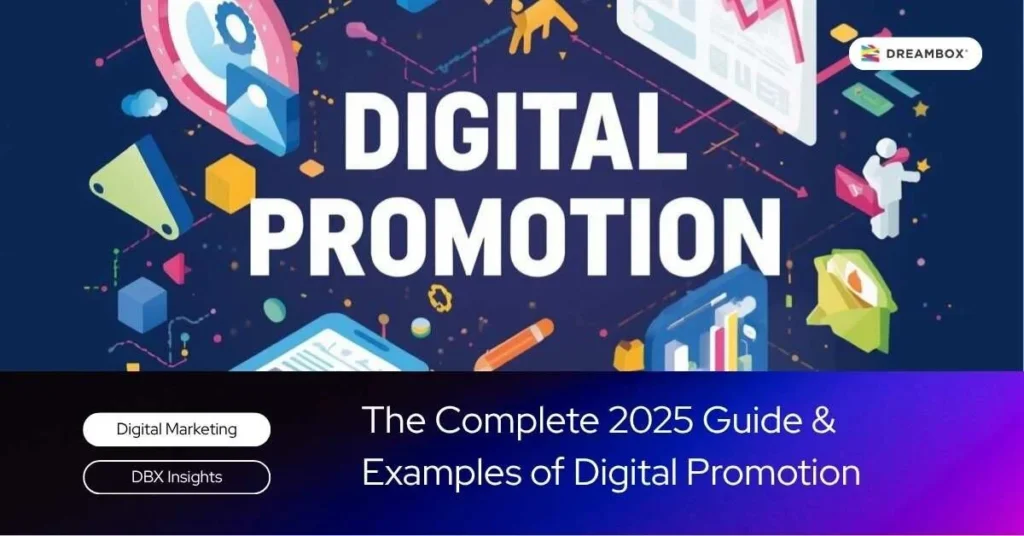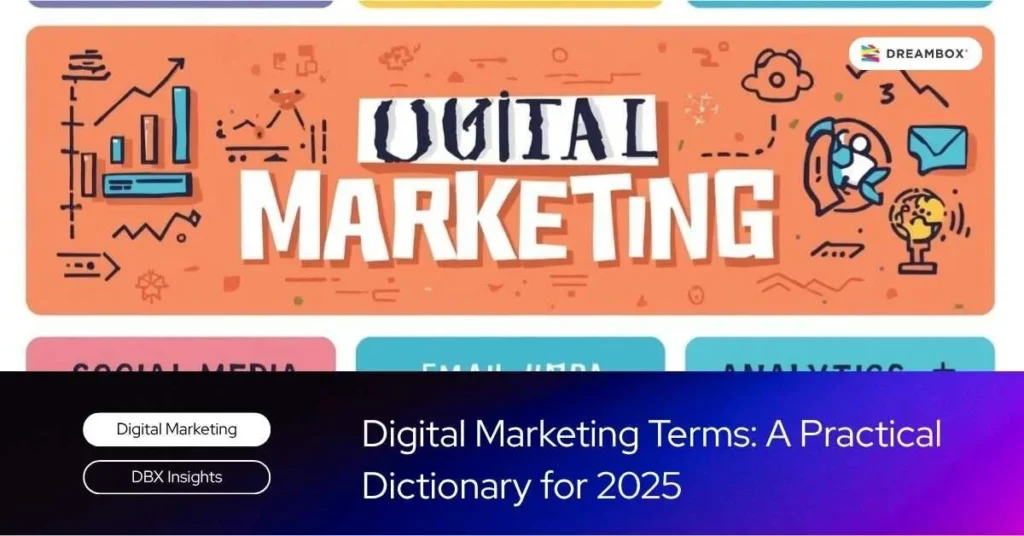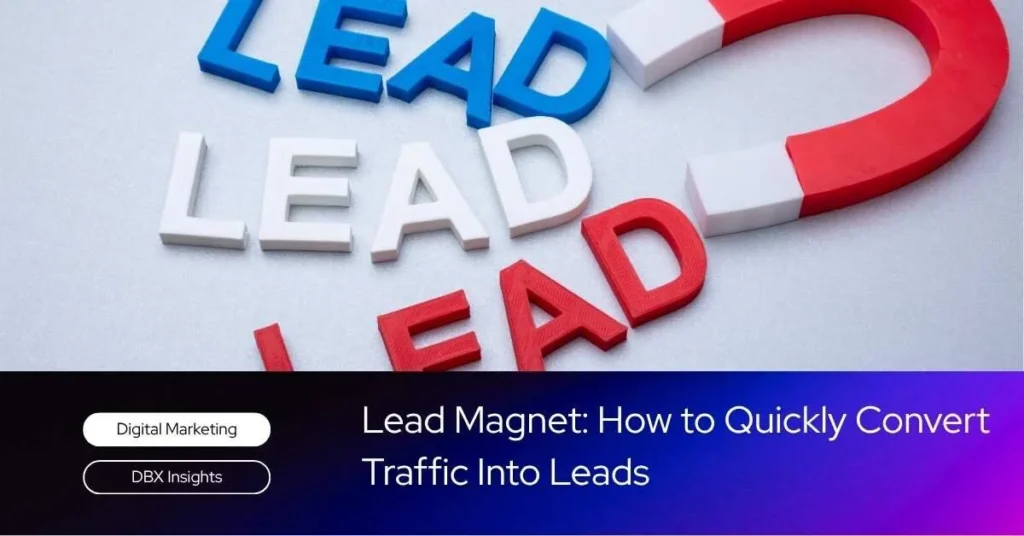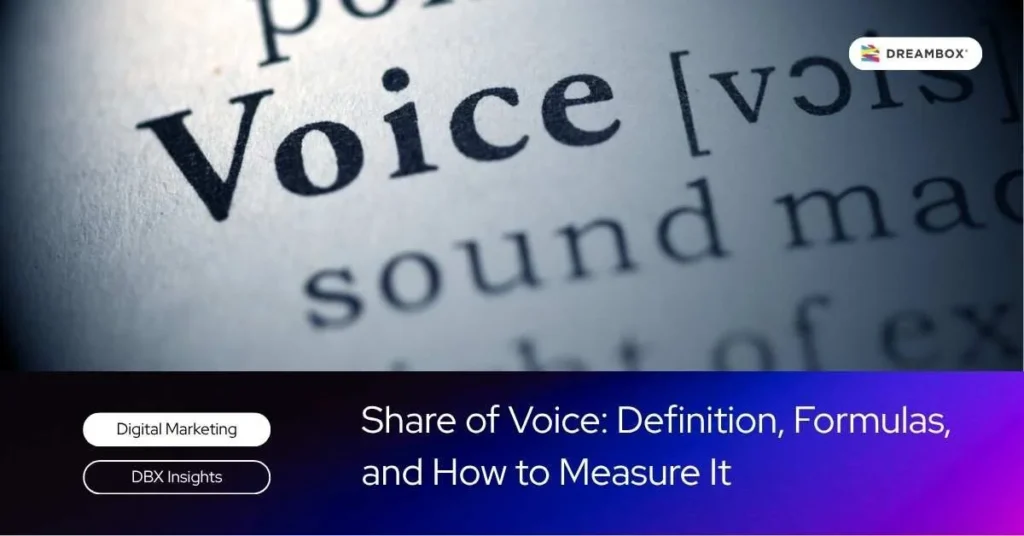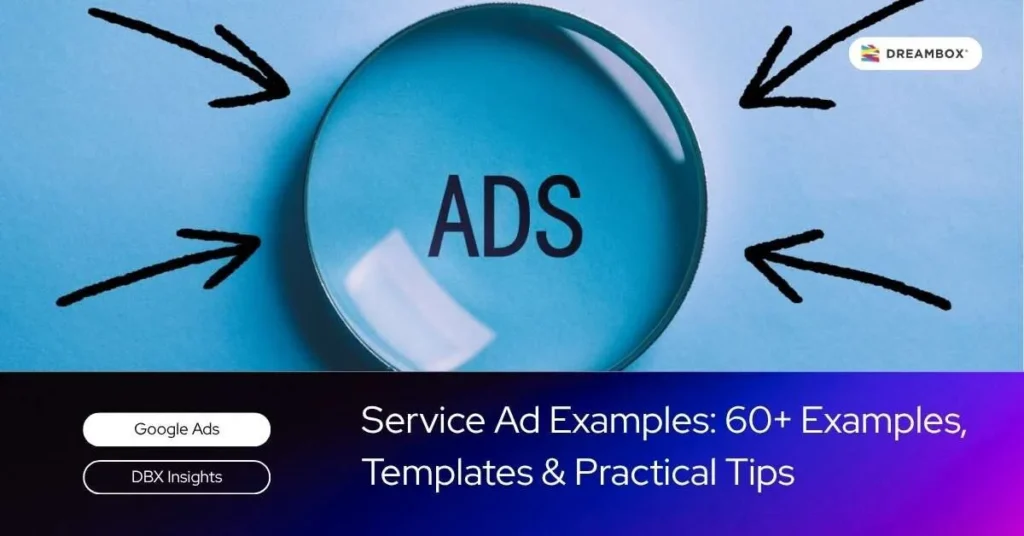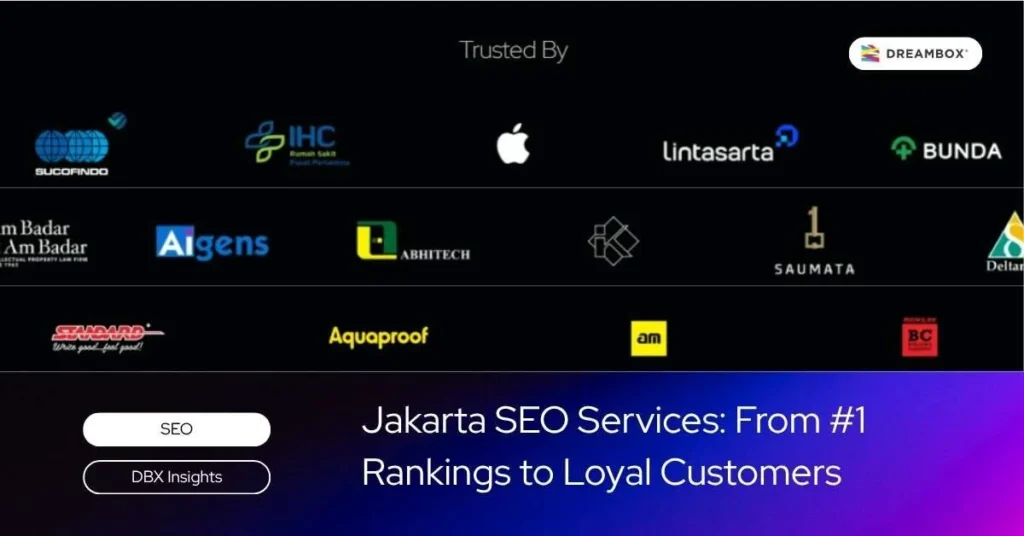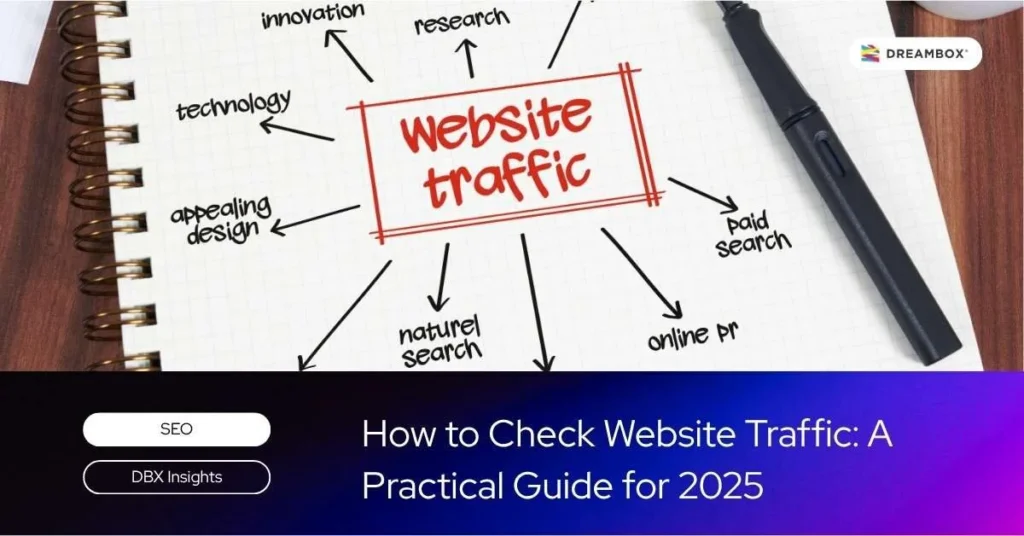A mood board helps teams summarize visual ideas onto a single canvas so that the conceptual direction is easier to understand, discuss, and execute across creative and business roles. This article discusses the definition, benefits, types and elements, creation steps, sectoral examples, and commonly used tools.
At the end, you can see how Dreambox assists with visual execution to be consistent and measurable.
What is a Mood Board?
A mood board is an inspiration board containing a collage of visual elements such as images, colors, typography, textures, and other references to illustrate the nuance, style, or concept to be achieved before design production begins.
By consolidating references in one place, a mood board facilitates communication of the creative direction, decision-making, and alignment of expectations a fundamental step in visual branding strategy with stakeholders from the earliest stage.
The Function and Benefits of a Mood Board
- Aligns the team’s and client’s vision through concrete visual representation, leading to more focused feedback.
- Saves production time because key aesthetic decisions (color, typography, image style) are determined early.
- Serves as a concise and easily digestible tool for presenting ideas, especially during pitching or initial workshops.
- Minimizes major revisions in the final stages because preferences and limitations were agreed upon from the start.
Types & Key Elements of a Mood Board
Types of Mood Boards
- Digital vs. Physical: Remote teams tend to use digital tools for asynchronous collaboration, while initial workshop sessions can be more effective using physical mood boards for rapid exploration and direct interaction.
- Conceptual (Exploratory) vs. Visual-Detail: A conceptual mood board is used in the initial ideation phase; a visual-detail mood board is created closer to implementation with more specific elements.
Key Elements in a Mood Board
The main elements commonly included are reference images, color palettes, typography, photography/illustration styles, textures/patterns, and keywords, so the mood/nuance is consistently portrayed before execution.
Schedule a free 30-minute branding consultation session with our experts.
Color Palette
The color palette establishes the atmosphere (e.g., warm, fresh, elegant) and visual consistency across assets. Colors are often chosen from main references and become the guide for further design.
Typography
Pemilihan jenis huruf mengkomunikasikan karakter merek/konsep (mis. modern vs. klasik), serta menentukan hirarki informasi sejak awal.
The choice of typeface communicates the brand/concept’s character (e.g., modern vs. classic) and determines the information hierarchy from the beginning.
Photography/Illustration Style
This determines whether visuals tend to be realistic, editorial, flat, or skeuomorphic, including composition and lighting tone, so that the photo/illustration output aligns with the mood. This direction is crucial for guiding the video production or photoshoot process to ensure consistent results.
Textures, Patterns, & Materials
Textures and patterns help bring visual depth, relevant for brand identity, packaging, and even interiors and fashion.
Iconography
The style of icons (line, fill, corners, thickness) also influences the overall impression and consistency between UI/packaging components.
Keywords
A collection of short keywords summarizes the desired nuance (e.g., minimalist, organic, premium) to act as a compass during curation.
How to Create a Mood Board
- Establish the goal and theme so that reference curation remains focused.
- Gather inspiration from photos, illustrations, campaigns, packaging, UI, and other relevant references.
- Arrange the elements onto a canvas; group them by palette, typography, image style, and texture.
- Select a key color palette and fonts to maintain consistency.
- Curate by removing irrelevant references.
- Ask for feedback and revise until the visual direction is agreed upon.
- Finalize it as a reference for production.
Common digital tools used include Pinterest and Canva; some creators also use specialized mood-boarding platforms like Milanote.
Mood Board Examples by Need
Branding
A branding mood board might contain logo explorations, primary-secondary color palettes, heading body typography, photography styles (product, lifestyle), and application examples on packaging/websites. Add keywords like “human,” “sustainable,” or “technological” to unify perception.
This collage helps filter the brand’s differentiation and ensures all touchpoints speak the same visual language, including when applied in video marketing for campaigns.
Interior
For interiors, include materials (wood, stone, metal), finishes, fabric textures, paint palette examples, layout references, and lighting inspiration photos. This mood board facilitates discussion on zoned nuances (warm living room, bright kitchen) and realistic material selection.
Use keywords like “natural,” “airy,” or “industrial” so that furniture and decor decisions are aligned aesthetically and functionally.
Fashion
A fashion mood board might feature silhouettes, fabric swatches, seasonal color palettes, motifs/patterns, construction techniques, and styling references. Runway/editorial photography styles are added to direct the campaign tone.
Keywords like “athleisure,” “tailored,” or “romantic” help the design, pattern maker, and marketing teams work toward a consistent collection narrative from sketch to lookbook.
Build Your Business’s Visual Moodboard with Dreambox
A sharp mood board shortens iterations and becomes a consistent visual foundation, from identity to campaign implementation. If you want to execute your mood board into neat and measurable identity and assets, learn about Dreambox’s Visual Branding services.
Consult your needs with us, and update your brand–marketing insights through the latest articles on DBX Insight.






